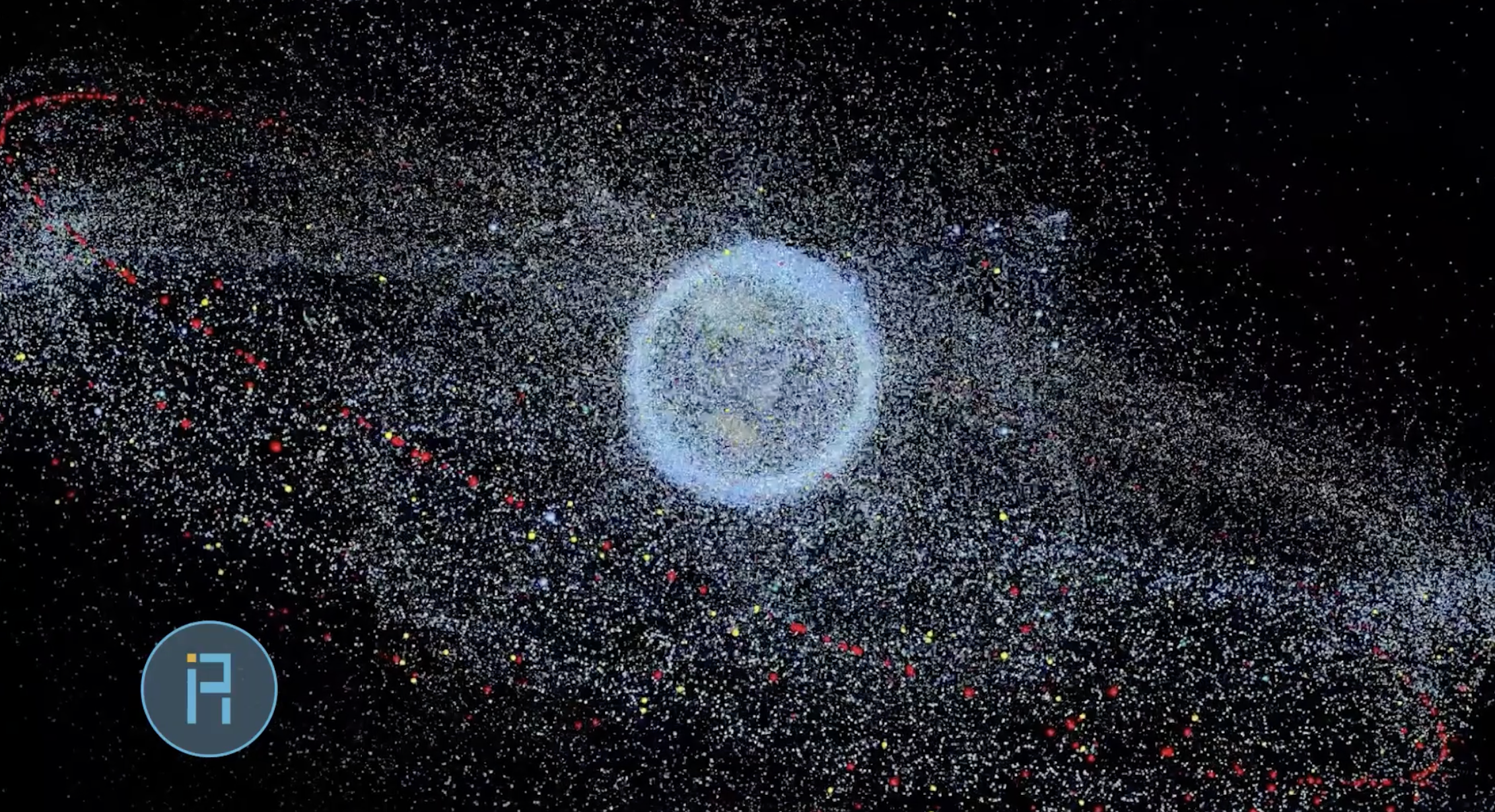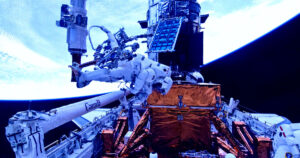WASHINGTON — Reducing the amount of time satellites remain in orbit after their missions end is one of the most cost-effective ways to deal with the problem of orbital debris, a NASA report concludes.
The report, released by NASA’s Office of Technology, Policy and Strategy on May 20, is a follow-up to a March 2023 report that focused on the effectiveness of debris removal techniques, or ways to remove debris. The new report broadened its scope to include strategies to reduce debris or prevent the creation of debris, as well as improvements in tracking.
The study found that one of the most effective approaches, as measured by the benefit-to-cost ratio, was to reduce what is known as post-mission disposal time. This is the time required for the satellite to be de-orbited after completing its mission. US government regulations, based on international guidelines, require satellites to be de-orbited after 25 years. However, the Federal Communications Commission passed regulations that take effect in September that reduce the post-mission disposal period to five years.
The NASA study found that even smaller reductions in post-mission disposal times offer significant benefits. “We estimated that the benefits of moving to a 15-year rule are 20-750 times the costs and could result in $6 billion in net benefits” over 30 years, the report said.
Shorter time frames may offer increased net benefits, up to $9 billion for a scenario in which spacecraft are deorbited immediately after the end of their mission, albeit with lower cost/benefit ratios. In all scenarios considered by the NASA study, reducing the post-mission disposal time frame produced cost/benefit ratios greater than unity, meaning that the benefits outweighed the costs.
While the study found improved post-mission disposal, a highly effective debris mitigation measure, it also found benefits for some debris recovery approaches. The most promising is what’s called “just-in-time” collision avoidance, which involves lasers or other technology to push large pieces of debris at risk of colliding with each other.
The cost/benefit ratios of these approaches, the report concludes, are like those of the most promising mitigation approaches, adding that uncertainty in the models could lead to even more promising recovery. “We encourage the space community to realize that the effectiveness of remediation can be comparable to—and perhaps better than—mitigation and tracking,” the report concludes.
Other promising tools, also based on cost-benefit analyses, include adding some degree of shielding to spacecraft to protect them from impacts, as well as improving tracking for “high-risk” links to allow satellite operators to pick up more informed decisions about collision avoidance maneuvers. However, there are significant uncertainties in these estimates, particularly with respect to shielding.
Other techniques scored surprisingly poorly. Improving spacecraft passivation—removing energy sources from batteries and fuel tanks that could trigger a debris-generating explosion—failed to produce a net positive benefit over 30 years even under the most optimistic scenarios, such as the cost of application of passivation measures outweigh the costs of doing so.
While the study includes significant technical analysis, its results are expressed in financial terms. “By measuring everything in dollars, we can directly compare shielding spacecraft to tracking smaller debris, or removing 50 large pieces of debris to removing 50,000 smaller ones,” Jericho Locke, lead author of the report, said in a statement .
The new study comes a month after NASA announced a new space sustainability strategy that emphasizes the need to better characterize the orbital debris problem before developing technologies to deal with it. This includes developing a framework for assessing space resilience and determining which uncertainties are most critical to resolve.
“This study is part of NASA’s work to rapidly improve our understanding of this environment, as outlined in NASA’s recently released Space Sustainability Strategy, by applying an economic perspective to this critical problem,” said Charity Weeden, associate administrator of NASA in the Office of Technology, Policy and Strategy, in a statement.



